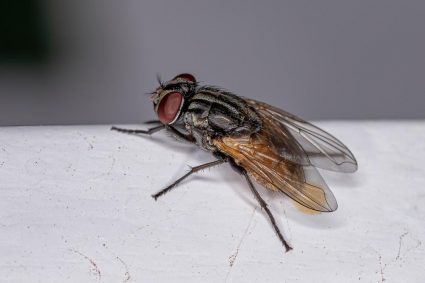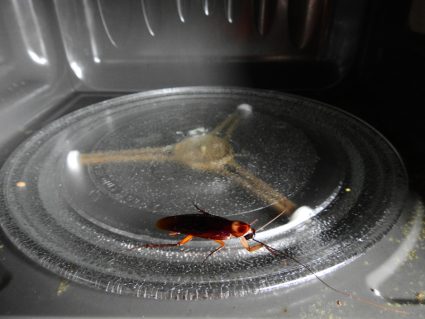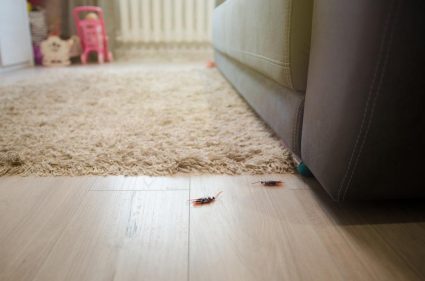
Keeping rats out of your shed can be a challenging task, but with the right knowledge and tools, it’s entirely doable. In this comprehensive guide, we’ll cover everything you need to know about preventing and dealing with rat infestations in your shed, including identifying signs of a rat infestation, using effective preventive measures, and humane removal methods.
To keep rats out of your shed, identify signs of infestation such as droppings, unusual smell, gnaw marks, and nests. Implement preventive measures like sealing holes, installing a solid foundation, using rodent-proof materials, maintaining cleanliness, eliminating food sources, and using natural and electronic repellents. If rats are already present, use humane removal methods like live traps, snap traps, electronic traps, or professional help.
Identifying Signs of a Rat Infestation
The first step in dealing with a rat problem is identifying if you have one. Here are a few signs that might indicate a rat infestation in your shed:
- Rat droppings: Small, dark, and tapered at one end, these are usually found near areas where rats have been foraging or nesting.
- Unusual smell: A musky smell in your shed could be a sign of an infestation.
- Tracks and footprints: Rat tracks or footprints in soft ground or dust near your shed indicate their presence.
- Gnaw marks: Rats can gnaw through various materials. Look for signs of gnawing on walls, flooring, insulation, wiring, and soft metals.
- Nests: Rats use materials such as shredded paper, fabric, or dried plant matter to make their nests. If you find these materials in your shed, it could indicate a rat infestation.
- Scratching noises: Rats are active at night. If you hear scratching or scurrying noises coming from the shed, it could be a sign of their presence.
Effective Preventive Measures
Once you’ve identified a rat problem, the next step is to implement preventive measures to keep them from returning. Here are some effective strategies:
- Seal any holes or cracks: Rats can squeeze through tiny holes and cracks as small as a dime. Use materials like wire mesh, sheet metal, or concrete to seal these access points.
- Install a solid foundation: Place your shed on a concrete or block foundation to prevent rats from burrowing underneath.
- Use rodent-proof materials: Construct your shed with materials that are difficult for rodents to chew through, such as colorbond steel sheets.
- Maintain cleanliness: Keep your shed clean and free of clutter. Rodents are attracted to hiding spots and nesting materials.
- Eliminate food sources: Store trash, birdseed, or pet food in rodent-proof containers and keep them away from your shed.
- Use natural repellents: Rats dislike the smell of certain substances like peppermint oil, eucalyptus oil, ammonia, and cedar. Create a repellent spray using these ingredients and apply it around your shed.
- Install electronic repellents: Electronic repellents emit sound waves that are inaudible to humans but can drive rodents away.
- Set traps: Use traps like snap traps or humane live traps to catch and remove rats from your shed.
- Encourage natural predators: Having a cat or dog on your property can help deter rats, as they perceive these animals as threats.
Remember, it’s important to address the conditions that attracted rats to your shed in the first place, such as food sources and hiding spots, to prevent future infestations.
Humane Removal of Rats
If rats have already infested your shed, you can use safe and humane ways to remove them:
- Live traps: These are a humane way to capture rats without killing them. Once caught, release the rat at least a few miles away from your property to prevent it from returning.
- Snap traps: These provide a quick kill and are considered humane. Use bait such as peanut butter to lure rats into the trap.
- Electronic traps: These deliver a fatal electric shock to rats upon contact, providing a quick and humane method of extermination.
- Professional help: If the infestation is severe, consider hiring a professional pest control service to help eliminate the rodents.
In conclusion, while keeping rats out of your shed can be a challenge, it’s possible with the right preventive measures and removal techniques. Remember, the key to successfully dealing with a rat problem is identifying the issue early, implementing effective preventive measures, and using safe and humane removal methods.
Frequently Asked Questions
What are some examples of rodent-proof containers for food storage?
Rodent-proof containers are usually made of hard, durable plastic or metal that rats cannot chew through. They are equipped with secure lids that prevent rodents from gaining access. Examples include metal garbage cans with locking lids or heavy-duty plastic storage bins.
How often should I apply natural repellents around my shed?
The frequency of application for natural repellents can vary depending on factors such as weather conditions and the severity of the rat problem. However, a general guideline is to reapply once a week or after heavy rain.
Can I use poison to get rid of rats in my shed?
While rat poison is an effective way to kill rats, it’s not recommended for use in sheds because it can pose a risk to other animals and children. Moreover, poisoned rats can die in hard-to-reach places, leading to unpleasant odors.
What is the best bait to use in a rat trap?
The best bait for a rat trap is something that rats find irresistible. Peanut butter is a popular choice because it’s sticky and rats can’t remove it from the trap without triggering it. Other effective baits include cheese, bacon, and dried fruit.
How can I tell the difference between rat droppings and other rodent droppings?
Rat droppings are typically larger than those of other rodents. They are usually about a half-inch long and are dark and tapered at one end. In contrast, mouse droppings are smaller and have pointed ends, while squirrel droppings are larger and rounder.











